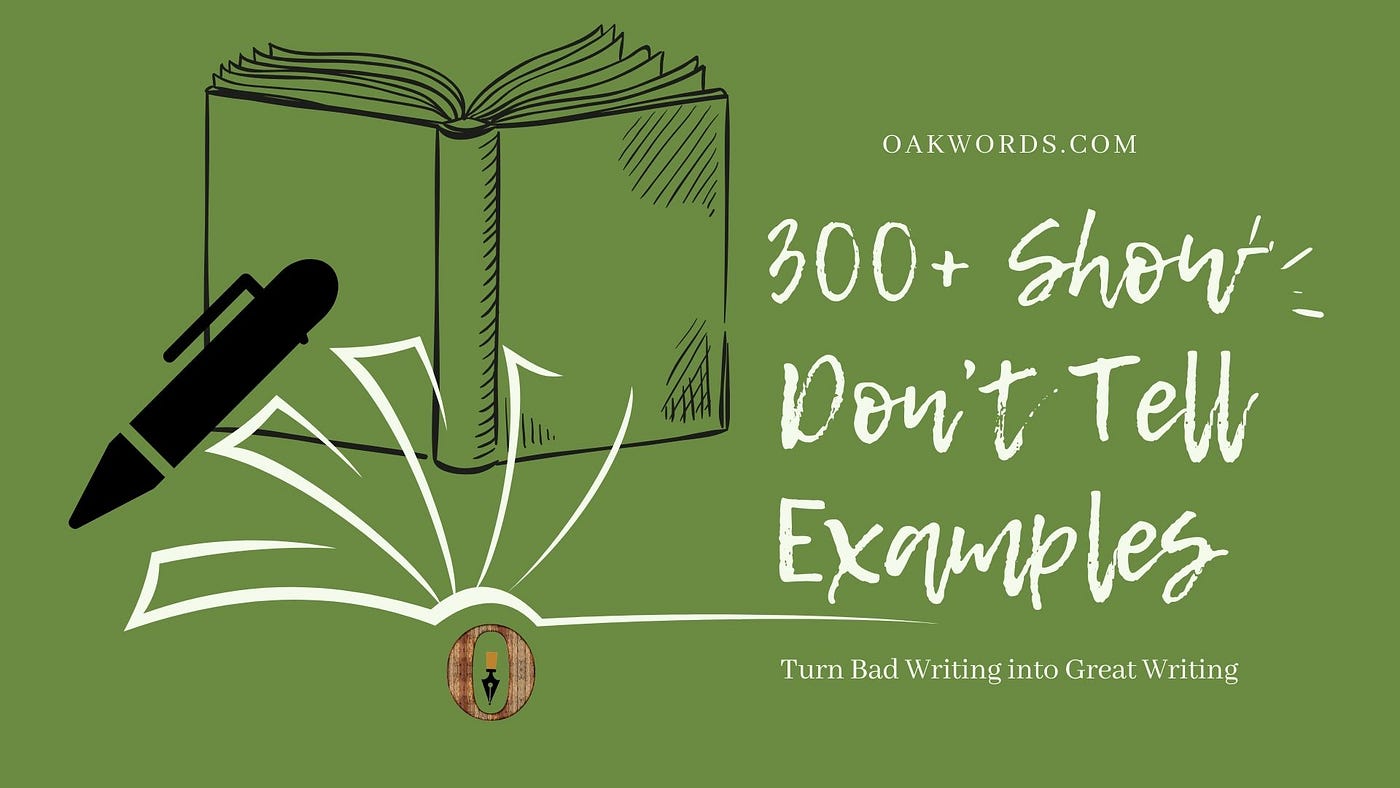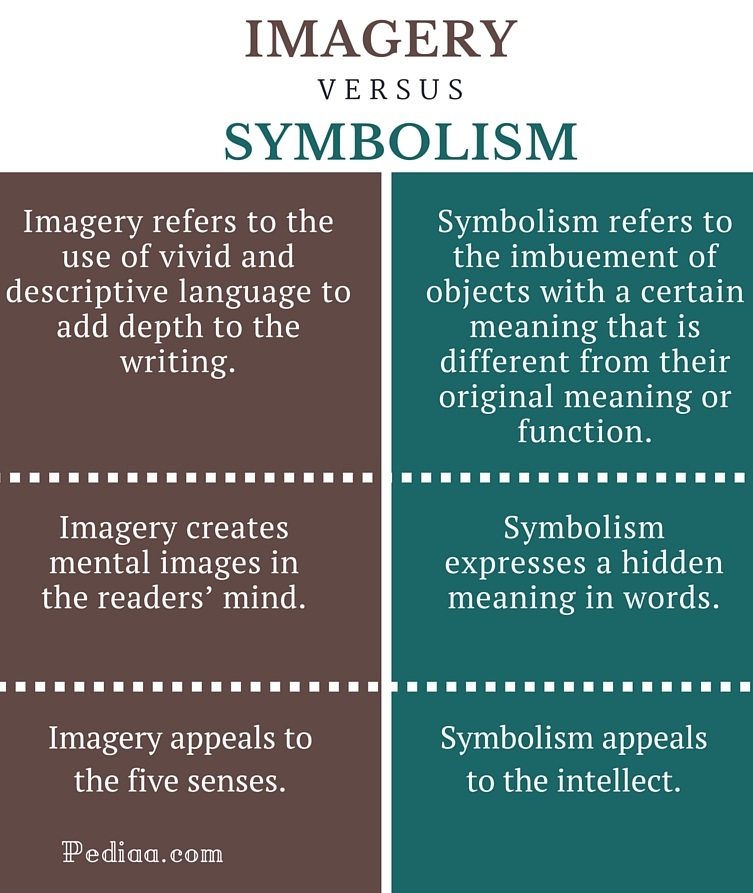

His line ‘the faint stale smells of beer’ clearly brings the sense of smell to our mind. Here the poet uses sharp imagery to help the reader imagine the future of the world. In the next line, the reader can hear the mingled sounds of fountain and caves. The shadow of the dome which is floating on the waves of the river, describes its beauty. Here there is the use of visual as well as auditory imageries. For a moment reader finds himself between the prevailing scents of post-rain time. The phrases ‘clover- scented’ breeze and ‘well-watered and smoking soil’ paint a clear picture in the reader’s mind about the smells after rainfall. In the above lines, the poet has used olfactory imagery (sense of smell). For example, the chill of a storm, the sensation when the door is closed to it, and the fire’s blaze coming from the furnace grate to describe the warmth of the cottage. The writer appeals to our sense of touch. In the above lines, uses the sense of touch (tactile imagery). The rich golden color is also appealing to our senses. The poet uses the sense of sight to create a host of golden daffodils beside the lake. We can see the ‘vales and hills’ through which the speaker wanders, and the daffodils cover the whole landscape. That floats on high o’er vales and hills, The tactile imagery (touch) is seen in the warmth of the day, the clammy cells, the soft lifted hair. The above lines are primarily visual imagery. To Autumn is rich in imagery, evoking the perception of sight, hearing, smell, taste, and touch. Thy hair soft-lifted by the winnowing wind Thee sitting careless on a granary floor, Who hath not seen thee oft amid thy store? Until they think warm days will never cease,įor summer has o’er-brimm’d their clammy cells. The imagery also involves the use of figurative language he uses the simile to enhance the imagery. Here he uses the contrasting images of light and dark to portray her beauty. Further, he says that her face glows like a precious bright jewel against the dark skin of an African in the night. He says that she looks more radiant than brightly lit torches in the hall. Here Romeo is comparing the beauty of Juliet.

Her beauty hangs upon the cheek of night, O, she doth teach the torches to burn bright! The entire poem is imagery that conveys deep feelings of contemplation and subtle remorse for things left undone to the reader. Every word means what it typically means. We can feel the swaying ladder, see the bending boughs and hear the rumbling sound of apples going in the cellar bin.

I feel the ladder sway as the boughs bend.


 0 kommentar(er)
0 kommentar(er)
